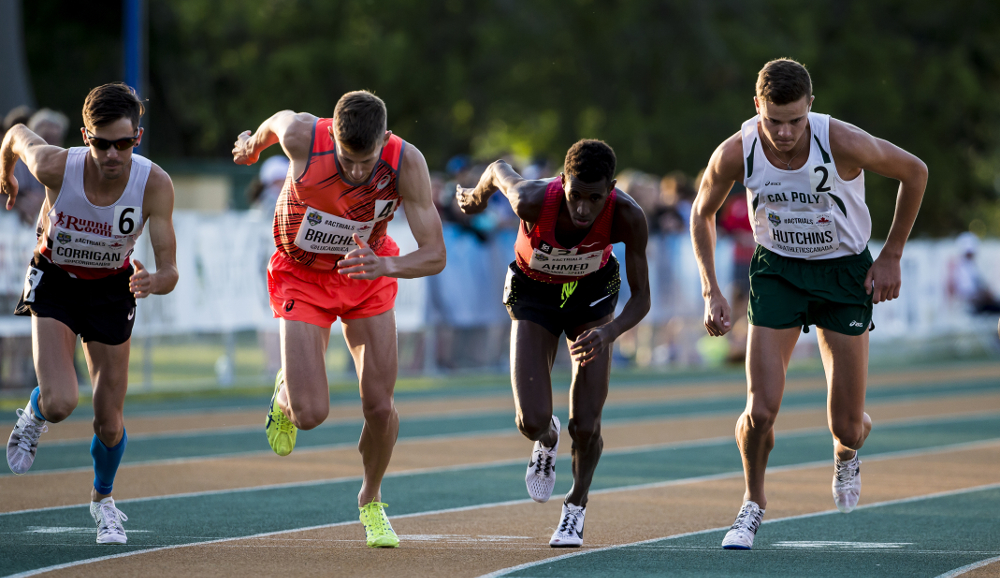How to get faster in four minutes
Workout ideas for the speed-curious marathoner

Most track runners have a version of one workout in their program: short, fast reps on even shorter rest. As a track runner myself, my high school coach called this a ‘kick set,’ and my university coach called it 4 x 200m with 30. But the focus is on running fast, taking almost no rest, and then continuing to run fast again on tired legs.

RELATED: The easiest way to become a faster runner
Alex Hutchinson wrote this week in Outside Magazine about a similar style of workout and its applicability to cyclists. He writes that a new study from Inland Norway University of Applied Sciences found that, “In a group of 18 elite cyclists with an impressive average VO2 max of 73 ml/min/kg (a value in the 50s would be considered “excellent” for typical adults), they demonstrated that very short (30-second) intervals with even shorter (15-second) recoveries produce bigger performance gains than…a session of 5-minute intervals with 2.5 minutes of rest.” Hutchinson points out that while this workout style didn’t improve the cyclists’ V02 max, it did improve their lactate threshold.
This style of workout makes a lot of sense for track runners (particularly those training for middle distance races) who are looking to go fast for a short periods of time. But Hutchinson suggests that peppering in speed intervals into a marathon routine could be beneficial as well.
The workouts
Introducing speedwork can happen in the three steps outlined below. If you’re new to sprinting, start with post-run strides before moving onto the workout-style speed training. Add this in to cap off a marathon-style workout.
One of the easiest ways to incorporate speedwork into your routine is through post-run strides, which only add about 10 minutes to your run and can make a world of difference over the course of a build. The post-run stride is done after a longer run where you maintained a similar pace throughout. Find, preferably, a softer surface to do five to six accelerations. These roughly 100m strides, when done a few times a week, will hugely impact your foot speed by the end of a 12- to 16-week build.

If you want to up your game, turn your post-run strides into a more structured workout. Start by running at a pace you can hold for 20 seconds before jogging for 10 seconds, and repeat this four times. The goal of this interval session is to practice running hard on tired legs, which simulates the end of a race. This can be done anywhere–a field, a track, on the roads. Just make sure it’s an even surface.
If you’re looking for the most structured version of this workout, do it on the track and turn it into 200m repeats. This workout should be paced aggressively, roughly what you think you could hold for a fast 1K. In between 200m repeats, take 30 seconds of standing rest. This rest is almost a tease, because it’s so short. Remember to push through the initial wobbling and discomfort at the beginning of the interval (your legs will inevitably feel like Jell-O) and try to focus on form.


